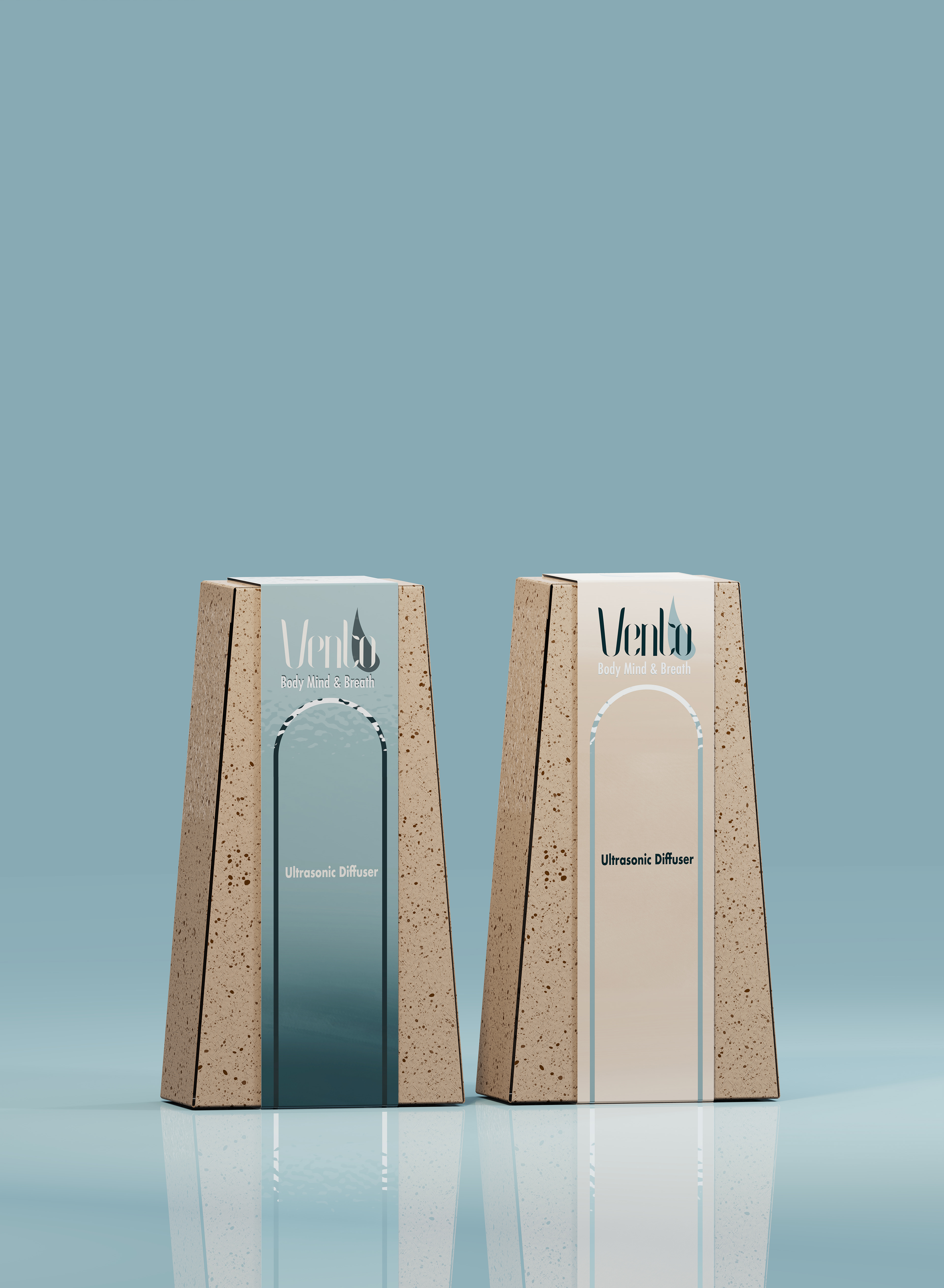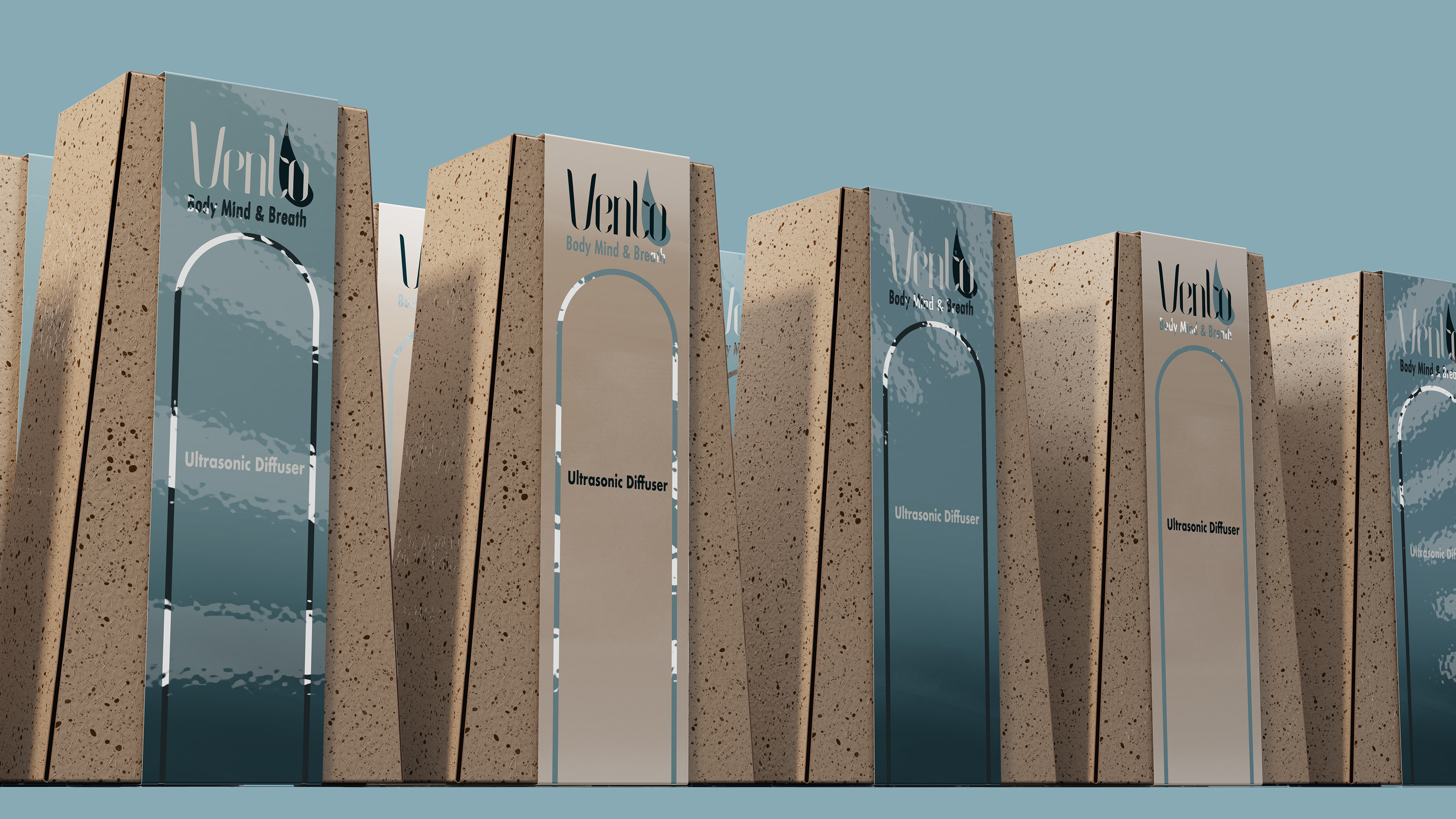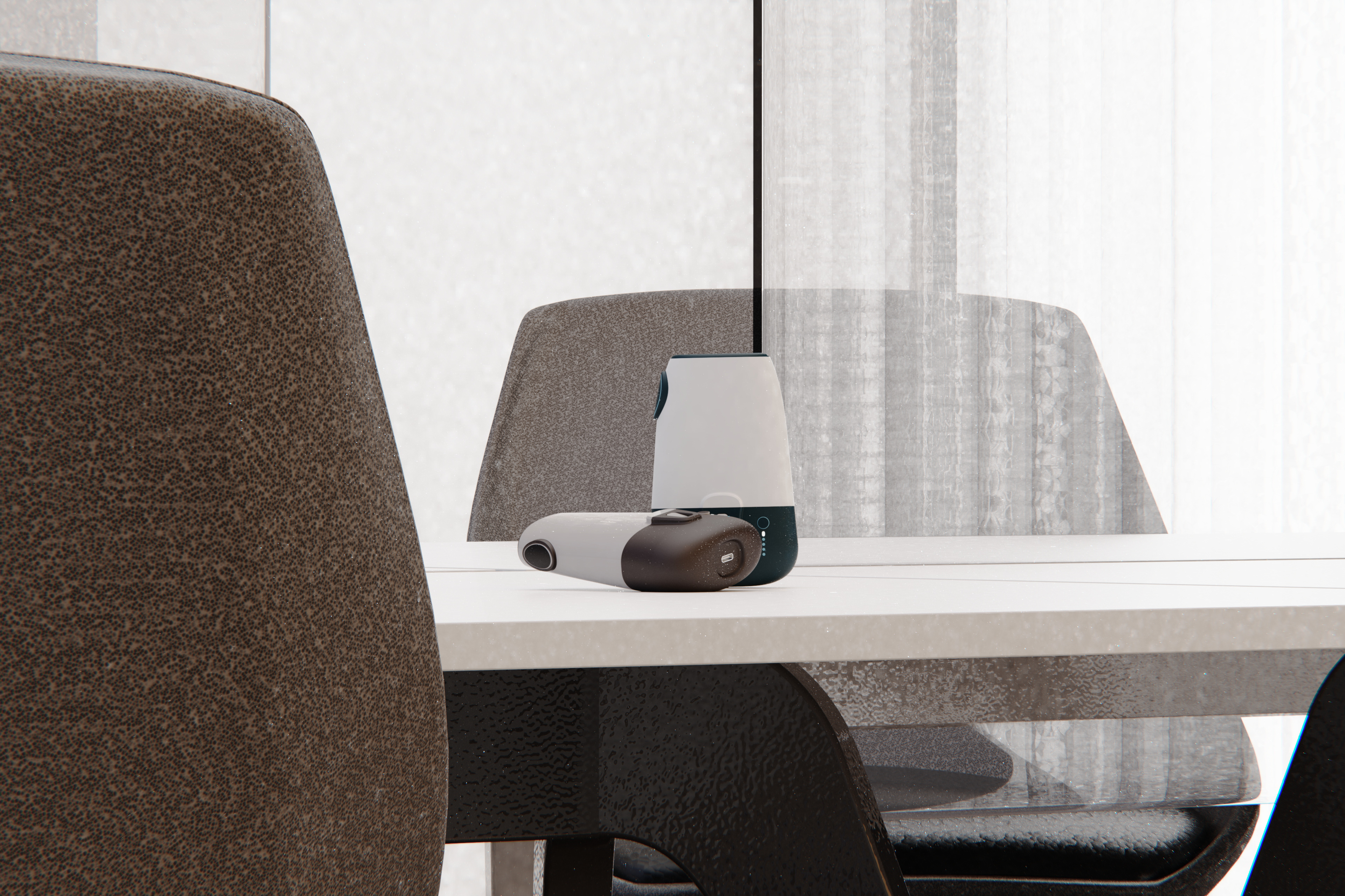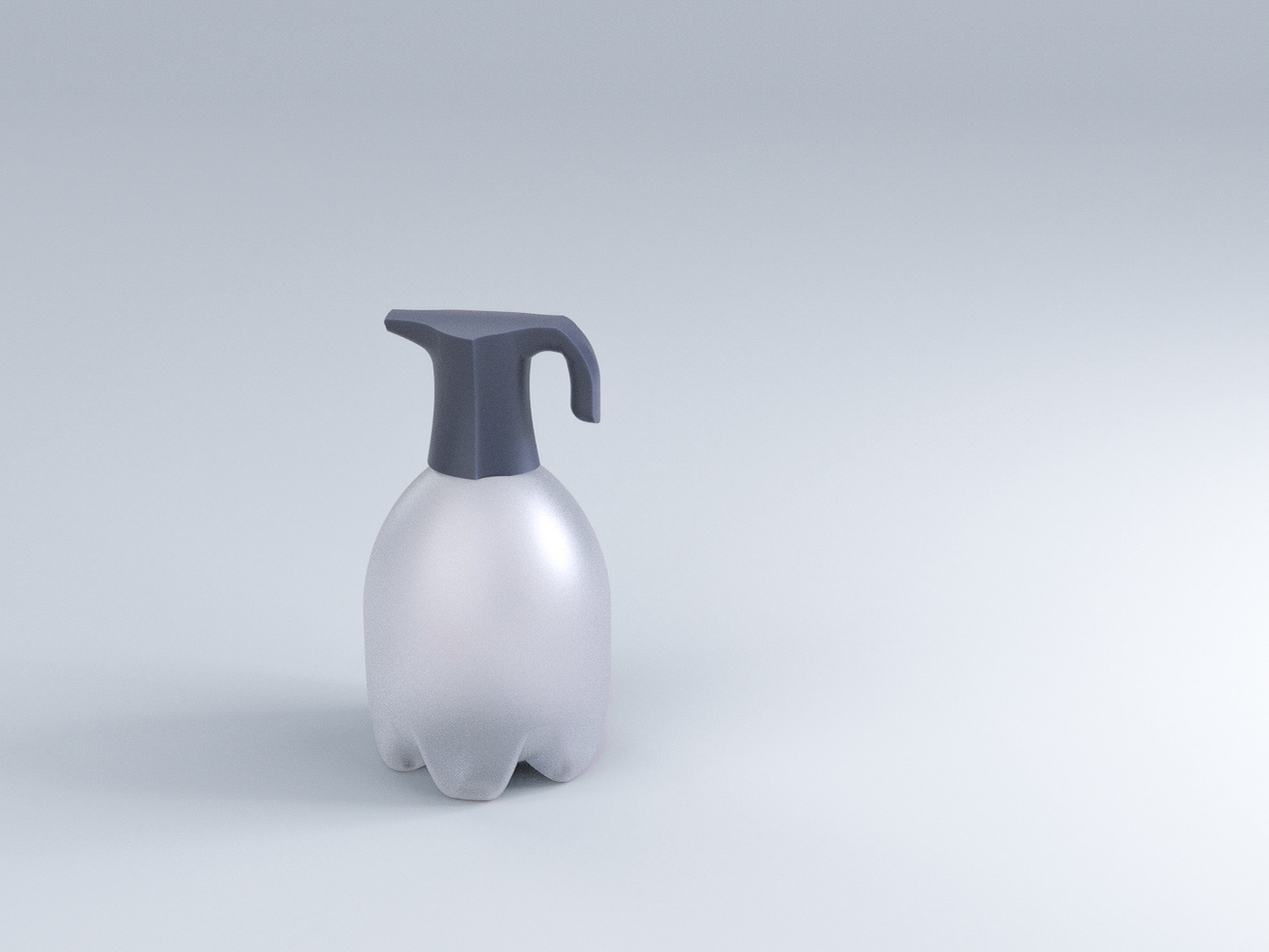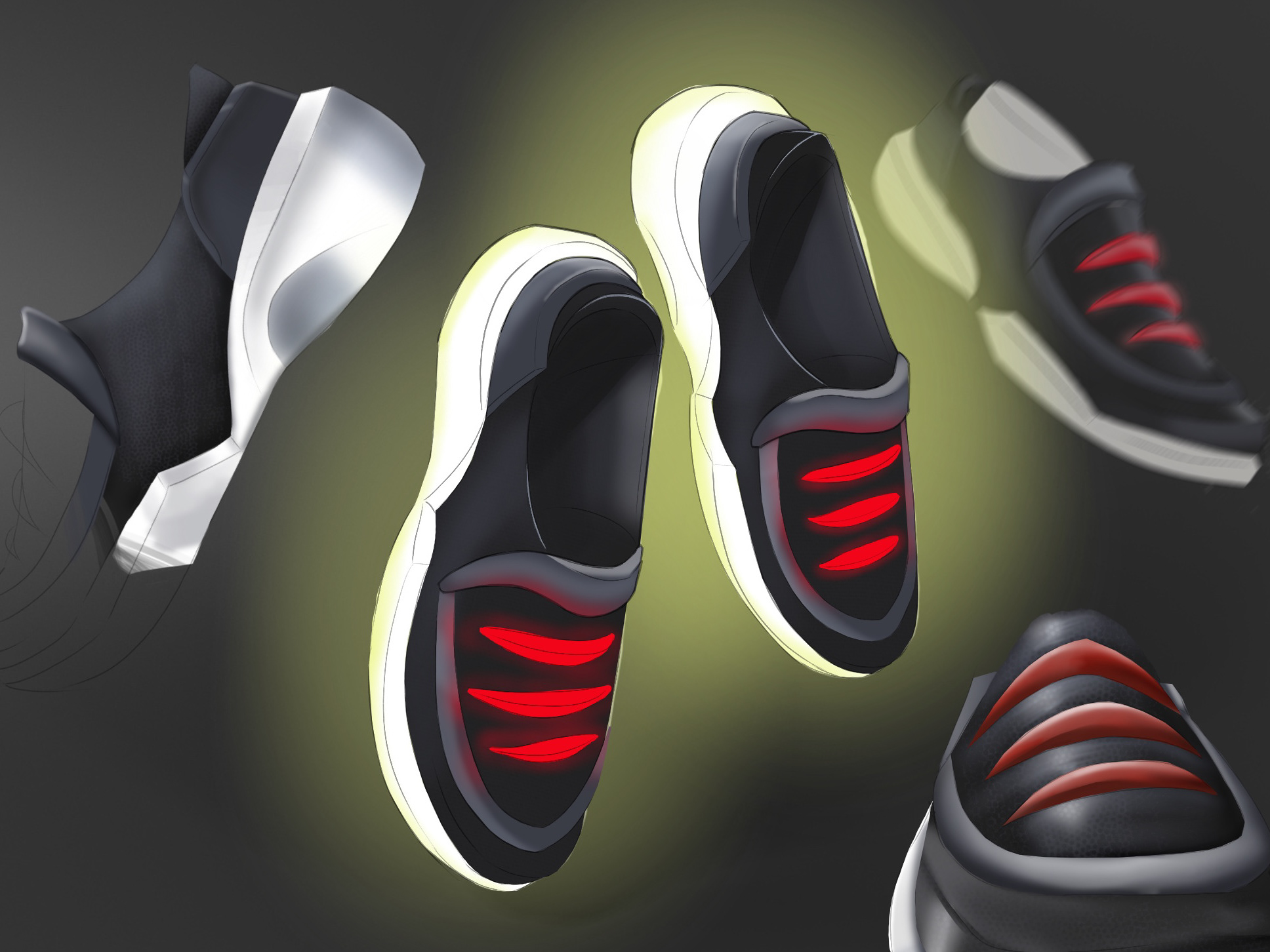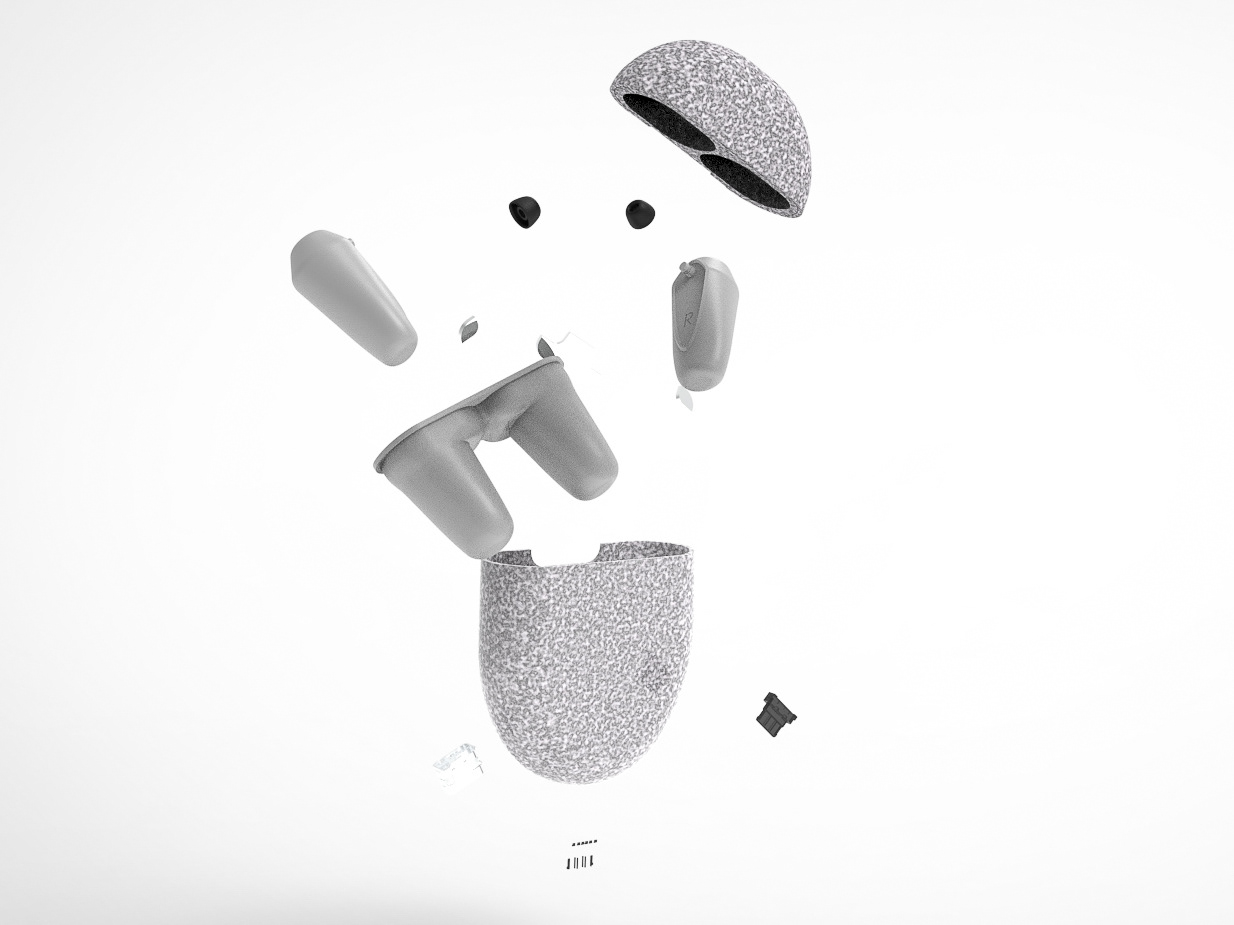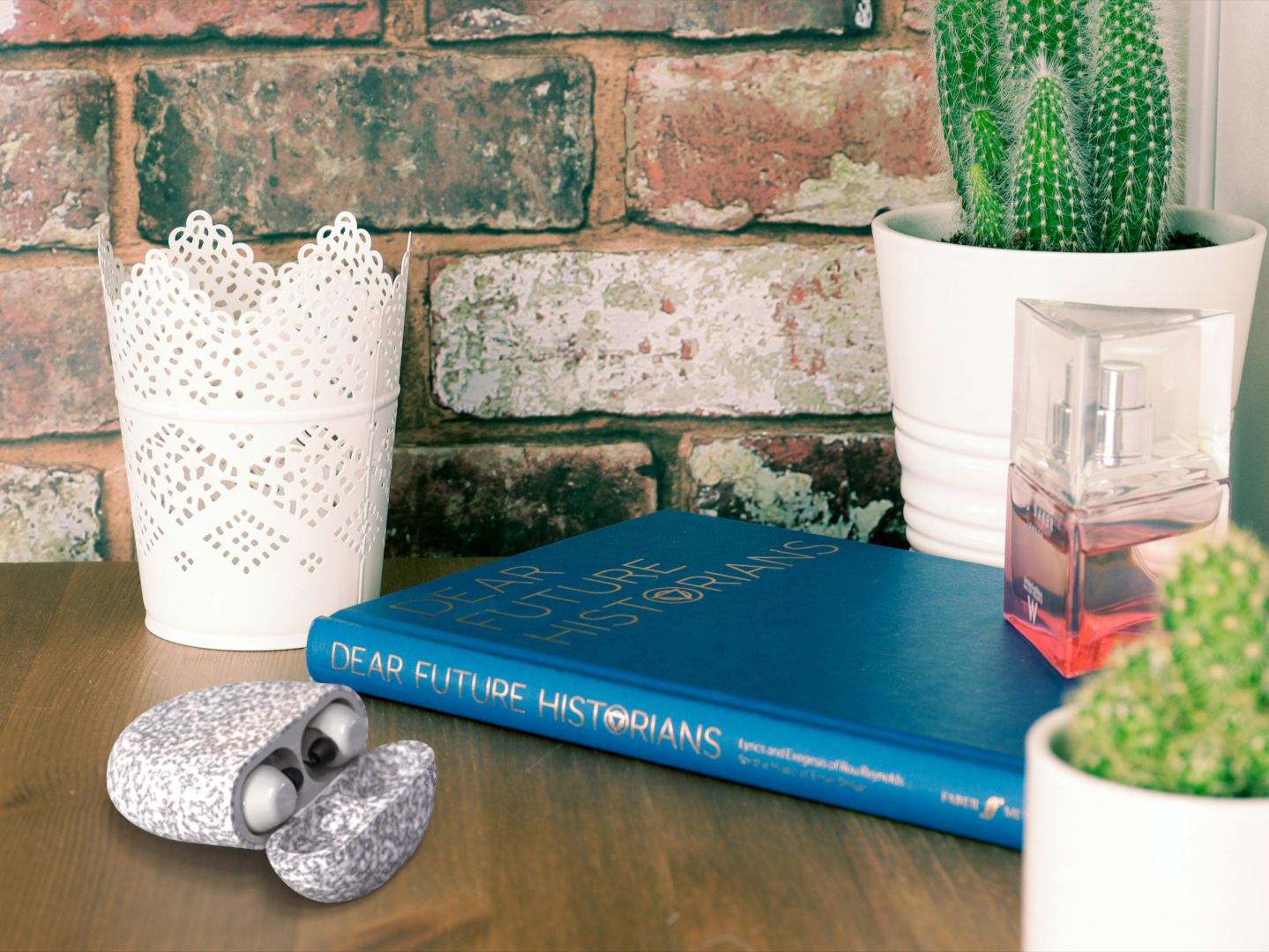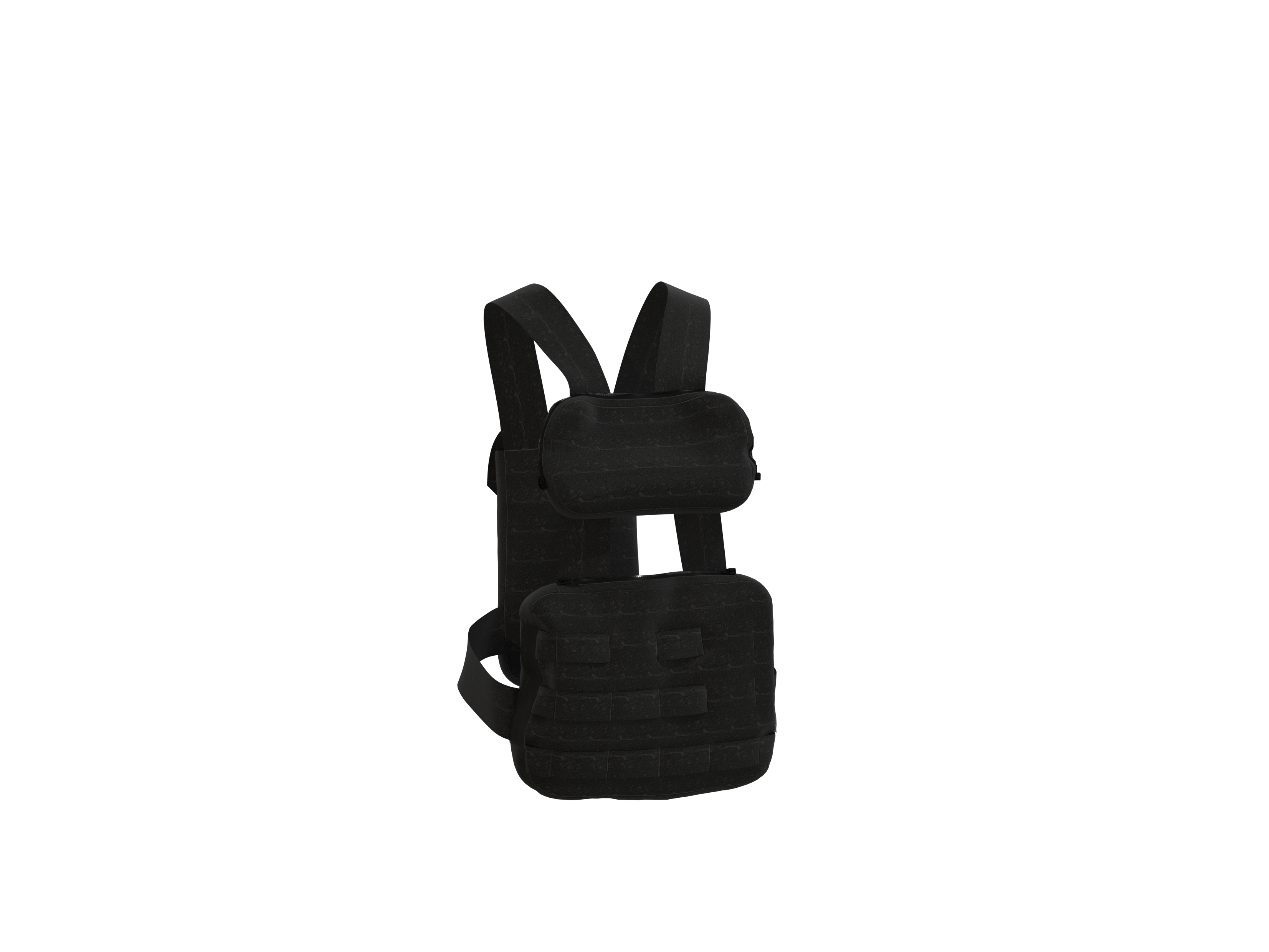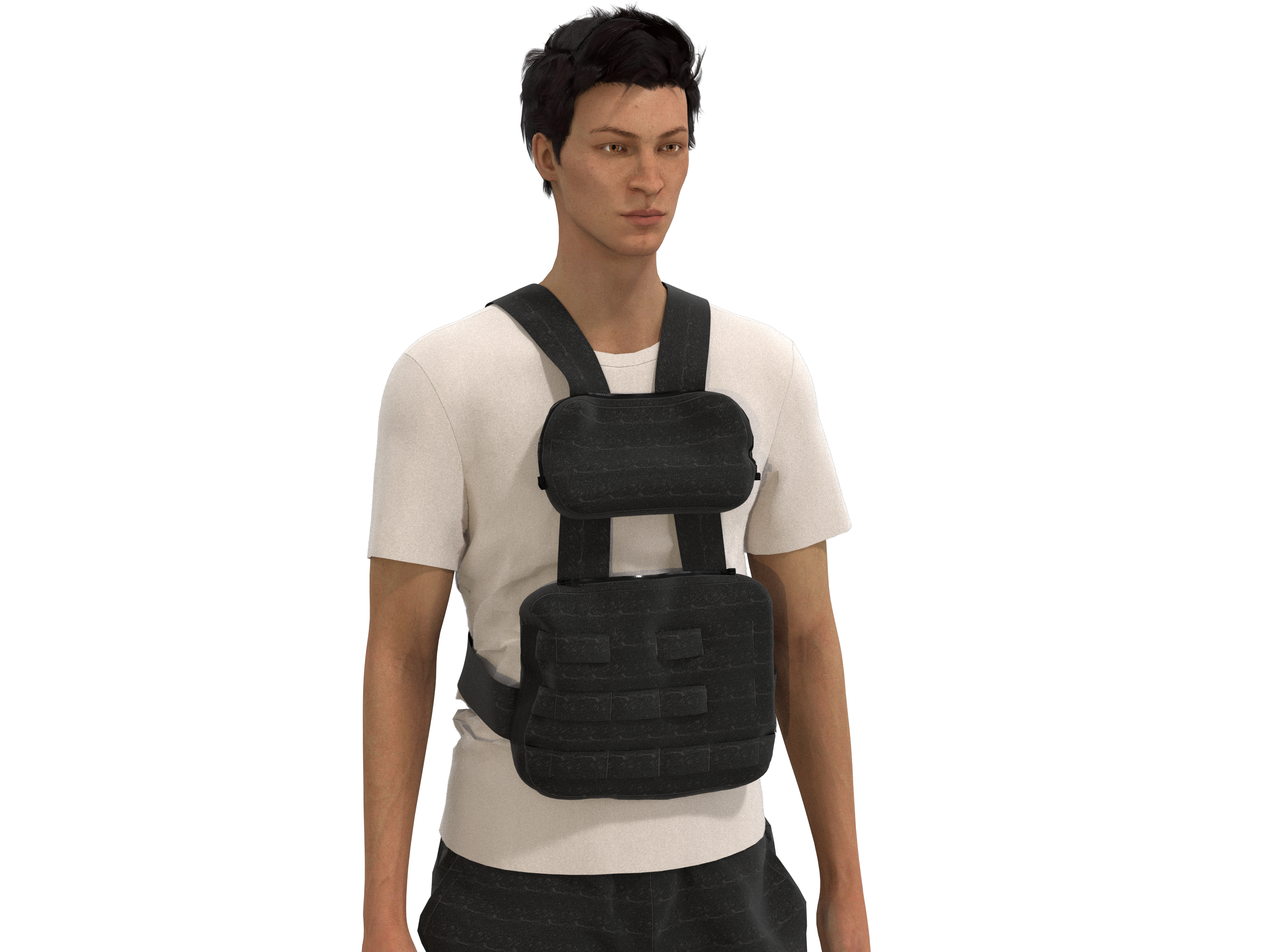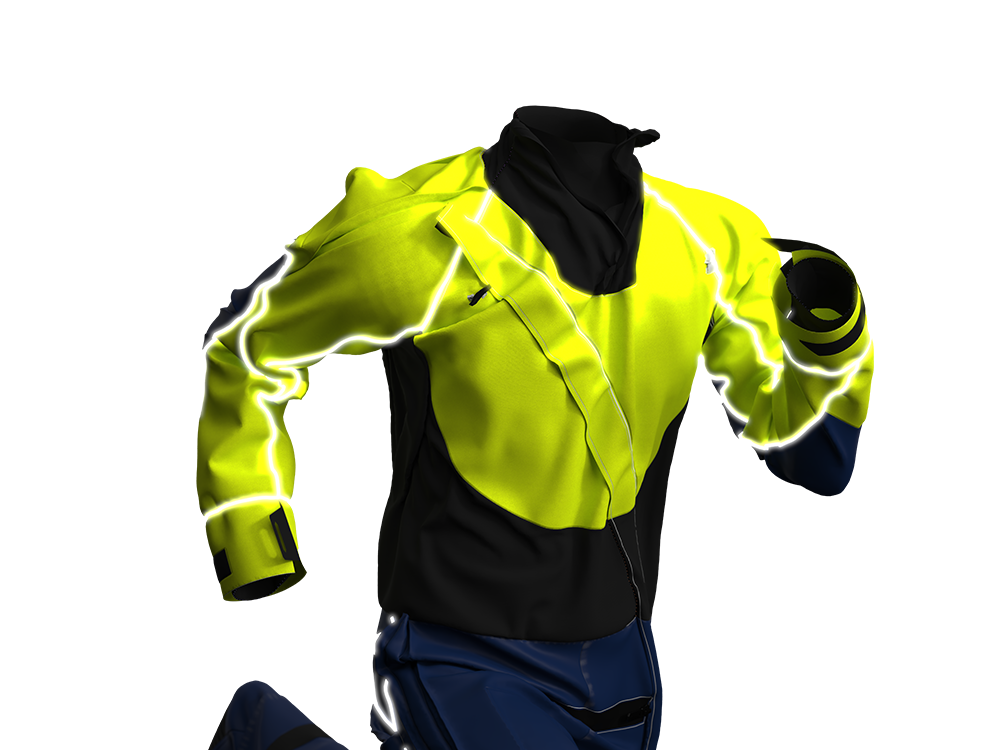Sinus Infection Research
About 4.55 million visits to physician offices diagnosed primarily with acute sinusitis and approximately 2.89 million visits with chronic sinusitis as the primary diagnosis.
Sinusitis diagnoses vary across demographics, with 9% of men and 13.3% of women receiving such a diagnosis. Additionally, 8.5% are between 18 and 44, 14.5% between 45 and 64, and 14.8% between 65 and 74.
Sinuses and Sinusitis
The sinuses, situated behind the forehead, eyes, and cheeks, are mucous membrane-lined passages that produce mucus, commonly known as snot. Sinusitis, marked by sinus inflammation, can be caused by factors such as colds, allergies, or conditions impeding the natural movement of tiny hairs in the sinuses. This obstruction leads to an excess of mucus, fostering bacterial and germ growth, ultimately causing pain and pressure.
Symptoms
Congestion implies a feeling of stuffiness and difficulty breathing through the nasal passages. Sinus inflammation can cause pain, swelling, and discomfort in the affected area.
Types of and Prevention of Sinusitis
Acute sinusitis typically resolves within a month, while persistent symptoms lasting three months or more indicate chronic sinusitis, requiring medical attention. Management strategies involve inhaling steam, using a neti pot or saline nose spray. Consultation with a specialist may be needed for persistent symptoms, and surgical intervention might be necessary. Preventive measures include avoiding infections, allergens, and irritants, maintaining indoor humidity, practicing good hygiene, and staying hydrated.
The initial concept involved a portable nebulizer designed to be the size of a water bottle, with a face mask attached via a tube. The intention was for it to be easily accommodated in a backpack.
The second concept featured a portable, pocket-sized nebulizer designed for extreme portability. This is the second concept I ended up going with because it was more viable for my given market
User Testing Research
Clip Design Iteration
When designing and testing the clips, I encountered frequent breakage issues caused by the clips being too thin.
The initial clip at 0.054 inches was too thin, and when 3D printed vertically, it broke at the layer lines.
The second clip design at a thickness of 0.069 inches showed improvement with a thicker wall thickness, but the same issue occurred.
Angling the clip to provide a larger area for force distribution proved effective and prevented breakage and increasing the thickness too 0.15 inches.
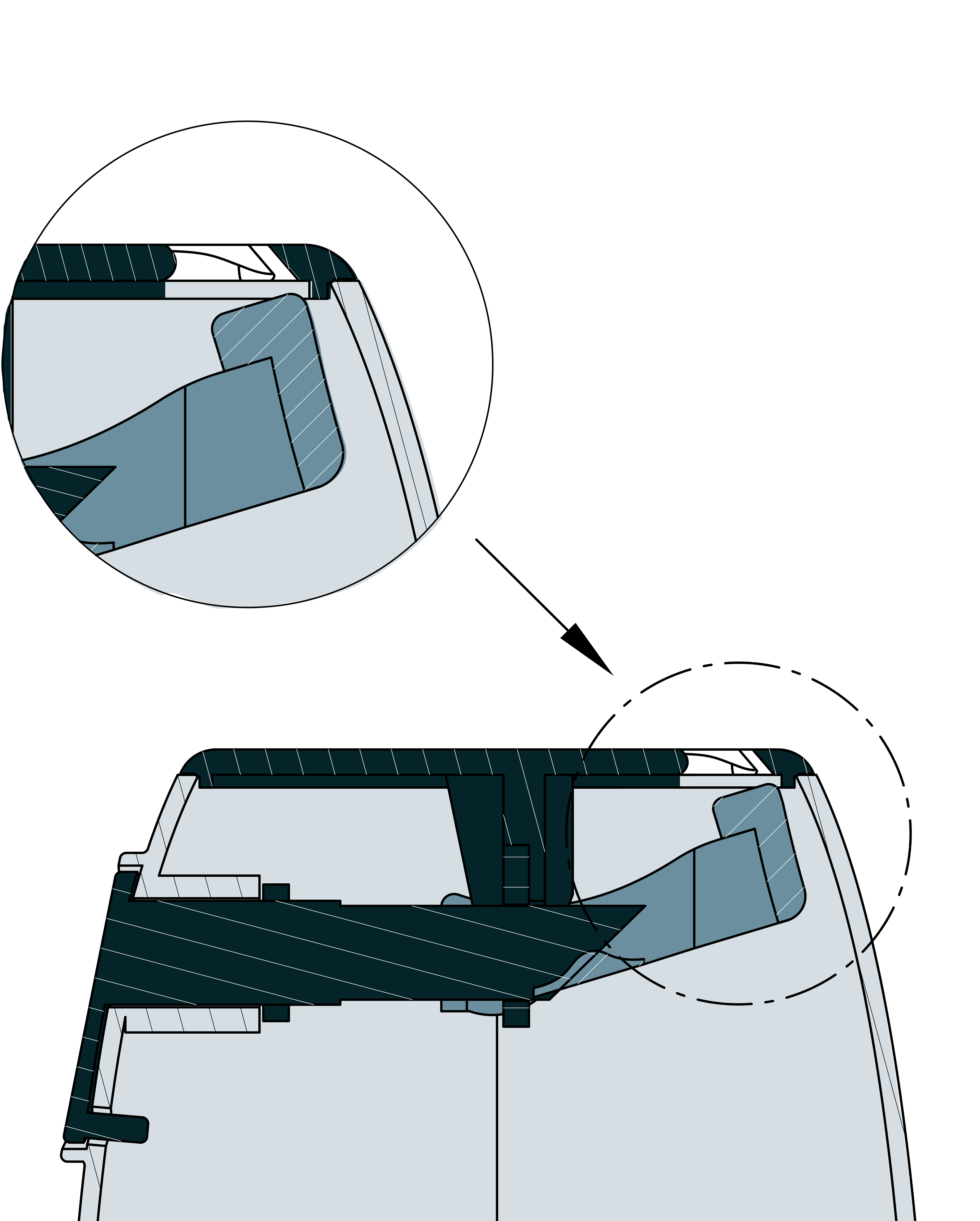

Sealing Mechanism
To solve the challenge of water retention in my device, I studied the auto-sealing mechanism of a Contigo water bottle. By analyzing its parts and materials, I gained insight into its reliability and redesigned the mechanism for my product to create a strong, leak-proof seal.
Internals & Material
The product is designed for injection molding using food-safe HDPE for flexibility and durability. A high-durometer, food-grade TPE adds tactile feedback and prevents accidental dislodging. A solvent-based adhesive bonds the plastic parts, creating a clean, watertight seal that meets food safety standards.
Packaging
When designing the label, I considered its placement and chose to keep it separate from the box to create a more engaging unboxing experience. This two-step process adds a sense of suspense. I also added foil to the slogan and arc for a subtle, eye-catching touch.
For the box, I looked into sustainable materials and found a cocoa-based paper made from 25%–45% cocoa shells. It’s FDA approved, eco-friendly, and has visible cocoa shell particles, giving it a unique texture and look.

